
cd_nom

| Author : J. Thévenot |
 |
To get the picture, please visit:
Jessica THEVENOT
Muséum national d'Histoire naturelle - Service du Patrimoine Naturel
36 rue Geoffroy Saint-Hilaire
CP 41
75 231 PARIS CEDEX 05
e-mail : jessicathevenot@gmail.com
Legend: Vendée - Le Veillon
Despite the Creative Commons license, please inform the author of the use which will be made of his photo
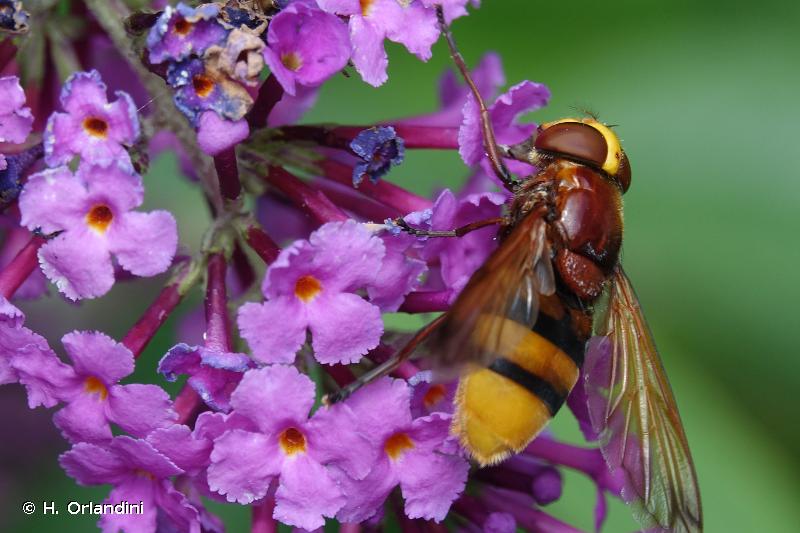
| Author : H. Orlandini |
 |
To get the picture, please visit:
Despite the Creative Commons license, please inform the author of the use which will be made of his photo
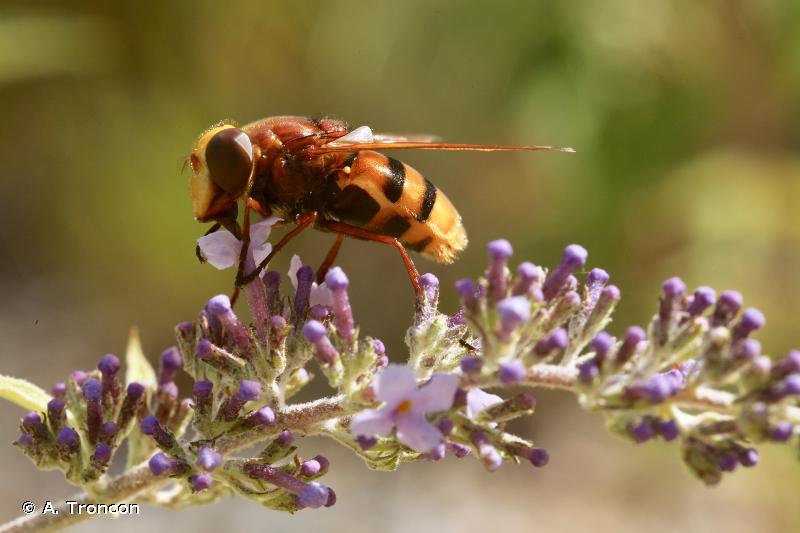
| Author : A. Troncon |
 |
To get the picture, please visit:
Troncon. A
inpn@mnhn.fr
Despite the Creative Commons license, please inform the author of the use which will be made of his photo
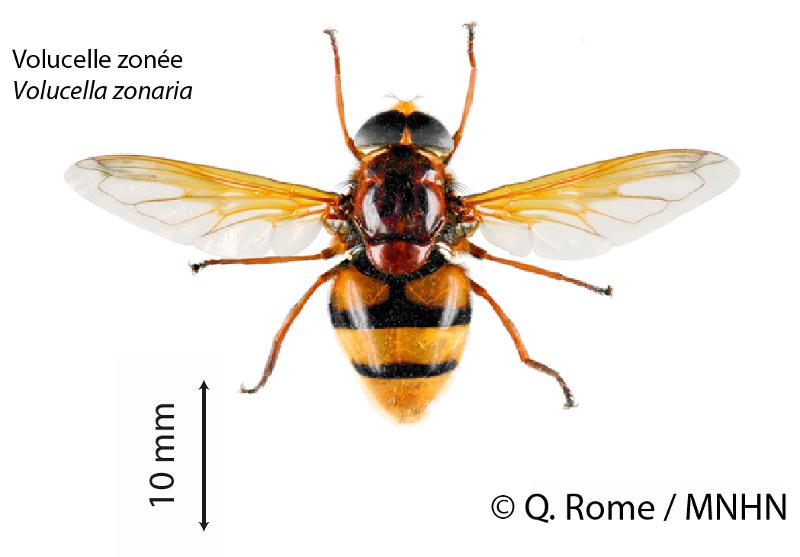
 |
To get the picture, please visit:
Quentin Rome
Muséum national d'Histoire naturelle
UMR7205 CNRS
Entomologie CP50 - Service Hymenoptera
45 rue Buffon 75005 Paris
courriel : rome@mnhn.fr
Despite the Creative Commons license, please inform the author of the use which will be made of his photo
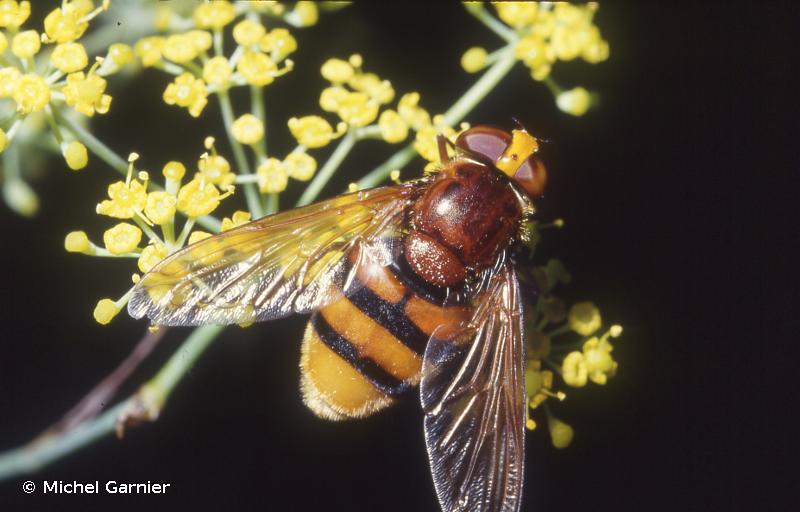
| Author : Michel Garnier |
 |
To get the picture, please visit:
Michel Garnier
email : inpn@mnhn.fr
Despite the Creative Commons license, please inform the author of the use which will be made of his photo
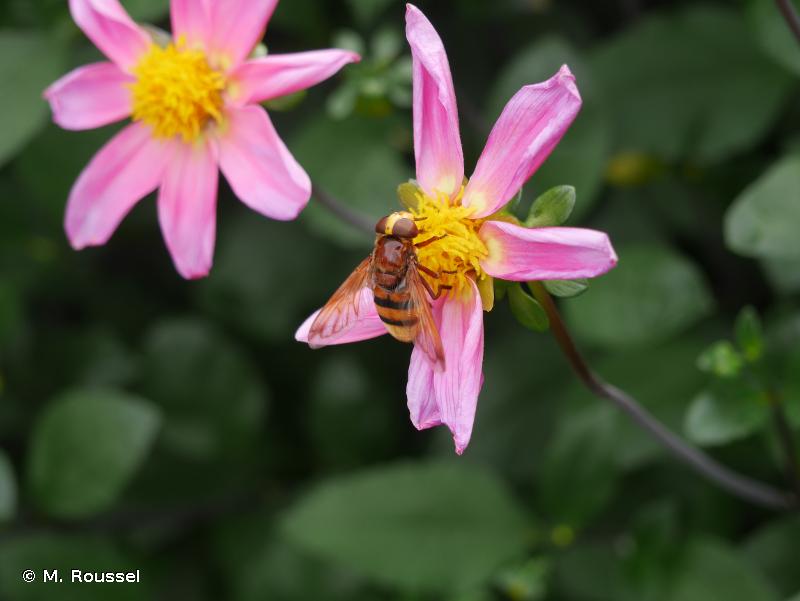
| Author : M. Roussel |
 |
To get the picture, please visit:
Despite the Creative Commons license, please inform the author of the use which will be made of his photo
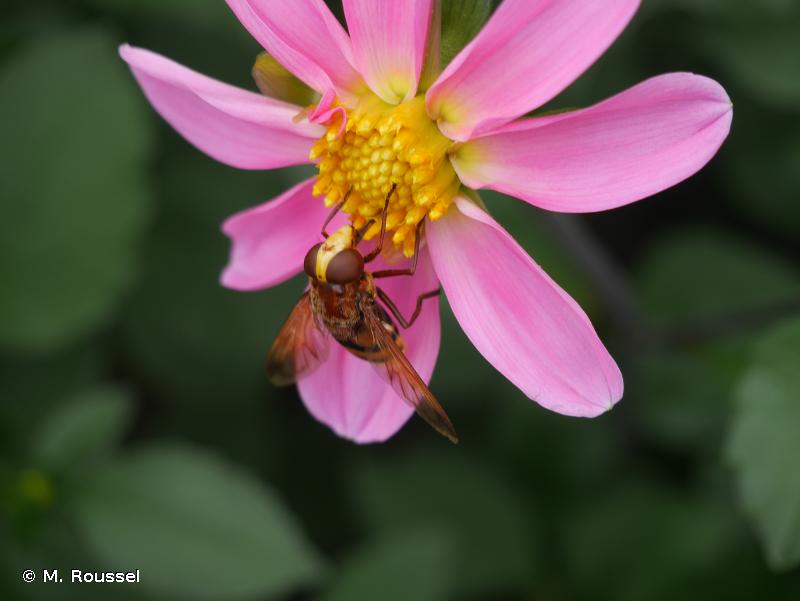
| Author : M. Roussel |
 |
To get the picture, please visit:
Despite the Creative Commons license, please inform the author of the use which will be made of his photo
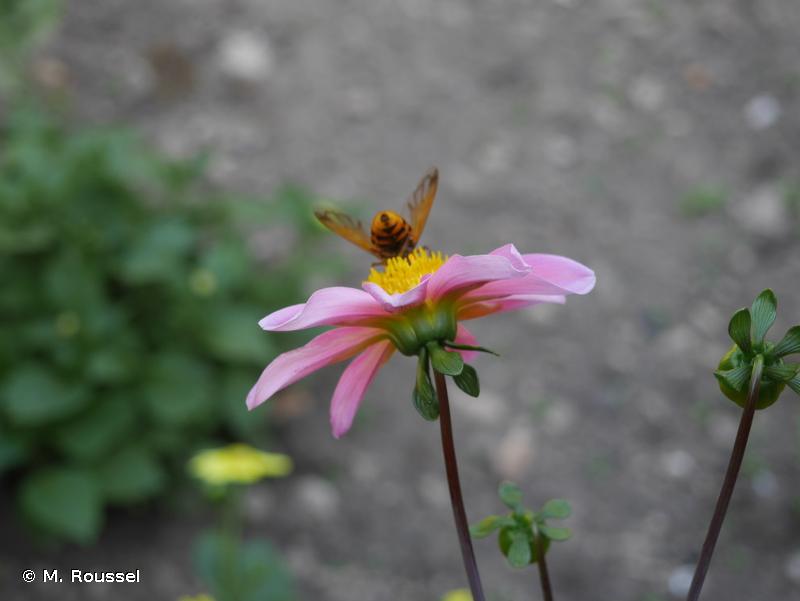
| Author : M. Roussel |
 |
To get the picture, please visit:
Despite the Creative Commons license, please inform the author of the use which will be made of his photo
Taille :
Très grande, 18 à 22mm.
Diagnose :
Le genre Volucella compte six espèces en France, on le reconnaît grâce aux antennes courtes avec une arista fortement plumeuse, à la couleur de la face qui jaune et à la nervation alaire particulière (la première cellule radiale est fermée et la nervure radiale 4+5 est droite). Cette espèce en particulier se reconnaît grâce à ses motifs abdominaux principalement jaunes sur le dessus, mais sur le dessous (sternites) le deuxième segment est presque entièrement noir.
Facilité d'identification :
Facile, détermination possible sur photo.
Confusions possibles :
Confusion possible avec d'autres Volucella notamment V. elegans et V. inanis et dans une moindre mesure avec Milesia crabroniformis.
Période de vol:
Les adultes sont visibles du début du mois de juillet jusqu'à la fin du mois d'octobre.
Répartition générale:
C'est une espèce fortement migratrice, elle est présente de l'Angleterre jusqu'à l'Afrique du Nord et s'étend vers l'est à travers l'Europe centrale et méridionale pour atteindre la côte Pacifique en passant par la Russie et la Turquie puis l'Iran et la Mongolie.
Habitat et biologie:
Espèce d'affinité forestière présente dans les hêtraies et les chênaies, mais aussi dans les broussailles et les parcs et jardins suburbain. Les adultes s'observent souvent en vol stationnaire entre 2 et 3 mètres de haut. On peut les voir butiner les fleurs, y compris dans les jardins, par exemple sur le Buddleja. Les larves habitent les nids des frelons européens et des guêpes du genre Vespula, elles sont à la fois détritivores et prédatrices pouvant se nourrir des larves des Hyménoptères.
Speight, M.C.D. (2020) Species accounts of European Syrphidae, 2020. Syrph the Net, the database of European Syrphidae (Diptera), vol. 104, 314 pp., Syrph the Net publications, Dublin.
Thomas Lebard(),2021
Continental
Metropolitan France
Overseas
Marine
Metropolitan France
Overseas
The map presents a summary at the 10 x 10 km grid of the observation data for the species transmitted to the SINP. These data have been subjected to validation filters.
The map presents a reference distribution layer of the species at the scale of departments and marine sectors. The presence and absence data were established by expertise within a network of partners. This reference distribution is used in the validation process of the SINP data at the INPN level.
Corresponds to a report on the basis of at least one observation proved within a period of 10 years (20 years for little-known invertebrates) preceding the year and no presumption of extinction since obtaining the last data nor doubt on reproductive and implemented nature of this population. For migratory species, the presence indicated concerns areas of reproduction.
This status is based on one or more of the following criteria:
This point covers the absence, more difficult by nature to demonstrate than presence. This status is based on one or more of the following criteria:
This status must be assigned to a department in which the presence of the species is casual.
Particular case of absence due to a proven extinction less than a half century ago (older disappearances are treated as "no probable or definite").
In the state of knowledge, we can not comment on the presence or absence in the current department. This is the default status when not comprised in one of the previous categories or whenever there is doubt.
The map shows the global distribution of the species based on GBIF data (Global Biodiversity Information Facility).
